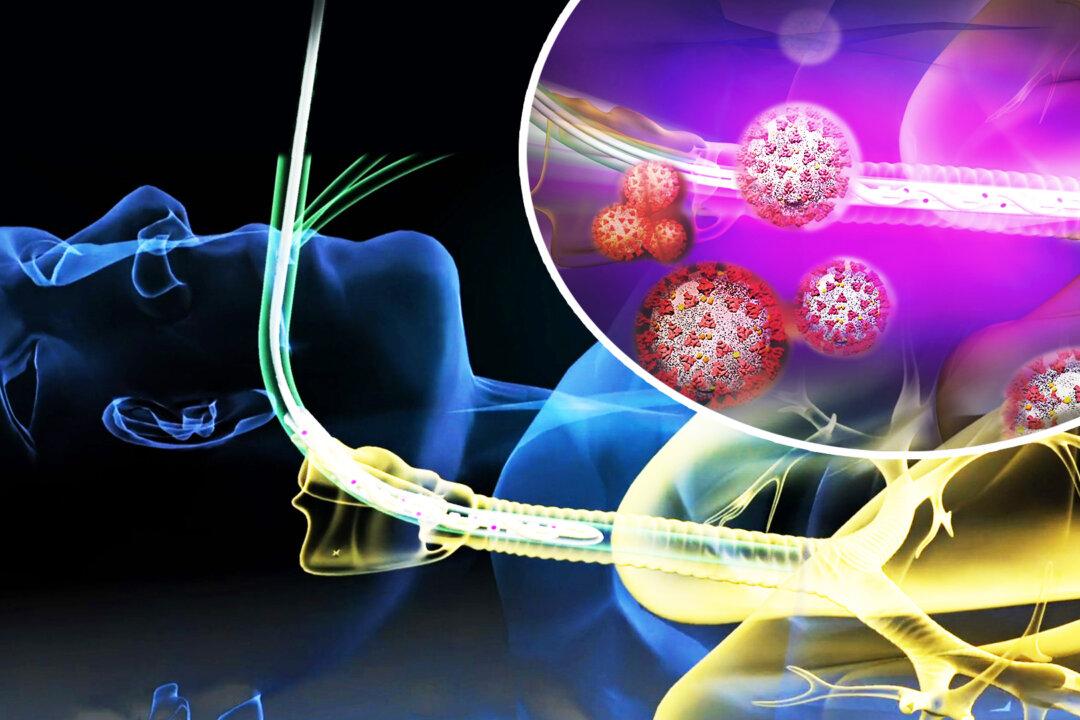A new medical technology that emits ultraviolet light inside the body could be used as a therapeutic to eradicate “a wide range of viruses and bacteria, inclusive of coronavirus,” a press release stated on April 20.
Just as the sun can directly kill certain pathogens through its ultraviolet light, so too can devices that utilize this same spectrum.






